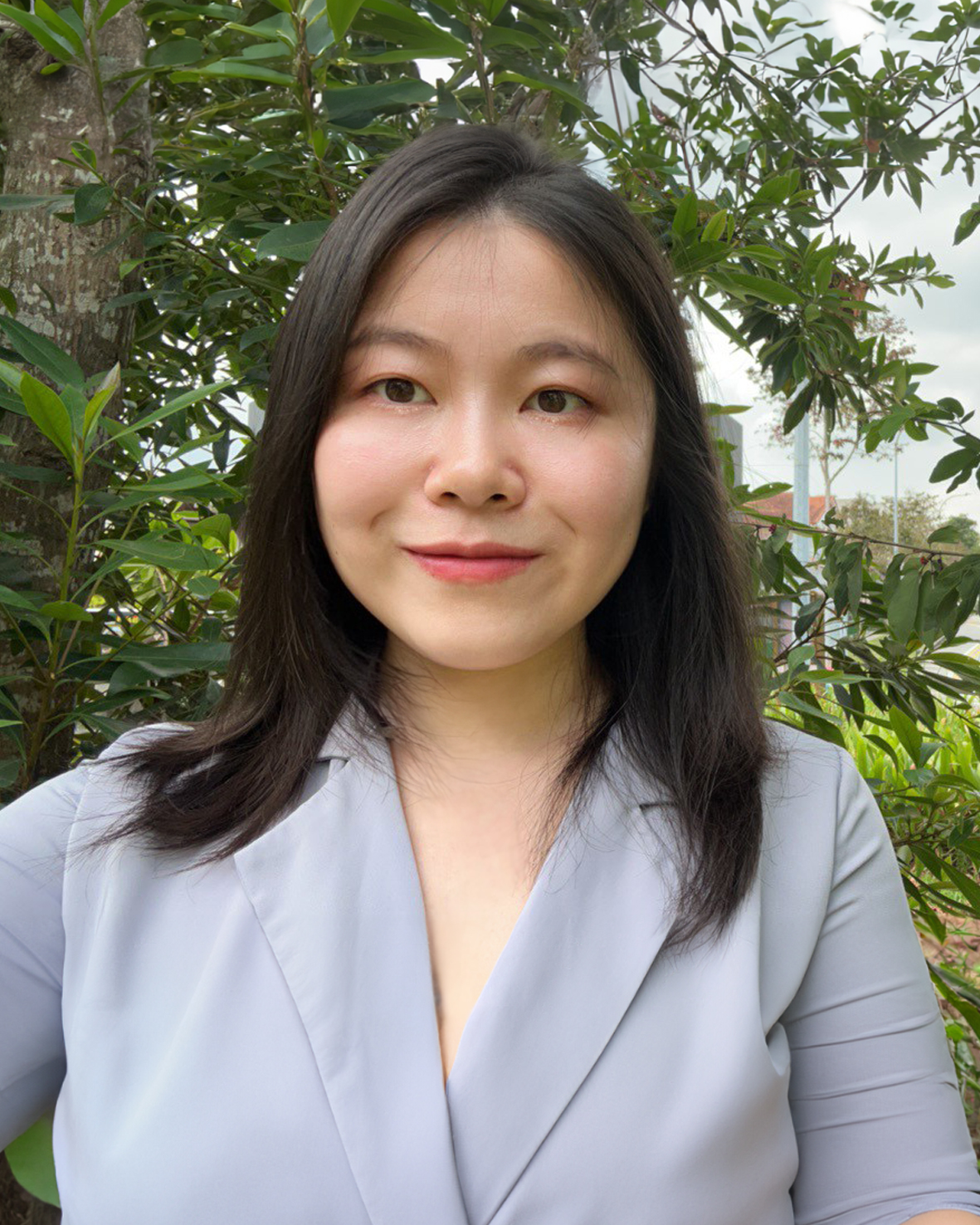Huang Xincheng

HUANG XINCHENG
Ph.D Candidate in Economics
I am a job market candidate and I will be available for interviews.
REFERENCES
Professor Pao-Li CHANG
Email: plchang@smu.edu.sg
Tel: +65 68280830
Professor Jianhuan XU
Email: jhxu@smu.edu.sg
Tel: +65 68280085
WORKING PAPERS
"US Foreign Trade Zones - Working as Cushions for Trade War", (Job Market Paper)
Enabling deferral or elimination of duty payments, the US Foreign Trade Zones (FTZs) displayed significant “Cushion Effects” for producers within the zones during the US-China trade war. The first source of “Cushion Effects” resulted from the over 28% increase in the zones’ export volume during the tariff war, measured by the extra duties directly exempted. The effect amounted to about 883 million dollars in 2019. In addition, the FTZ demand for sanctioned components used in the production of domestically sold products was less affected due to the deferral and efficiency of duty payments, providing the second source of “Cushion Effects”. I apply the rarely quantitatively analyzed FTZ import data from USITC and compiled trade volumes from zones’ annual reports. The empirical identification results at the intensive margin show that tariff shocks triggered more sales of FTZ firms to both foreign and domestic markets. This phenomenon is especially pronounced among the 120 new firms whose entrance was positively correlated with extra tariffs, providing the evidence of the existence of “Cushion Effects” at the extensive margin. The supplementary duties that were exempted, temporarily deferred, and non-paid by the year’s end quantify “Cushion Effects”. Under the protection, FTZ firms’ tendency to pre-storage when anticipating new tariffs or substitute the domestic and non-affected foreign sources of inputs for their sanctioned Chinese counterparts is less pronounced, as the FD and DID models estimate. For the cutting-edge technology inputs of List 2 issued in Section 301 Act, which were also included in the “Made in China 2025” program, the imposed tariff shocks generated positive impacts on FTZ producers’ import volumes. Lastly, the empirical observations are mapped theoretically to a two-tier Melitz-type model, and the counterfactual comparative statistics derived provide a constructive suggestion that the government can enhance the protection by relaxing the criteria of entry into the zones.
RESEARCH PAPERS
"Determinants of FDI Entry into US Foreign Trade Zones"
Up to 2021, a total of 442 production firms have been established within the US Foreign Trade Zones (FTZs), encompassing a diverse spectrum of 144 NAICS6 sectors, predominantly affiliated with the manufacturing industry. By examining the ownership structure of FTZ producers at the headquarters level, I find that approximately 26% of them are subsidiaries of foreign parent companies, with Japan representing the largest source of FDI among these entities. To account for the inherent heterogeneity of foreign investments across industries within the zones, this study presents a comprehensive model that encompasses variations in headquarter service intensity, foreign component intensity, and productivity. By employing the compiled dataset, empirical verification is conducted to validate the propositions implied by the model. The findings demonstrate that non-US headquarters exhibit a stronger propensity to enter FTZs when operating within sectors characterized by intensive usage of dutiable inputs. In contrast, local producers display stronger responses to sectoral productivity enhancements.
“Uncertain Programming Model for Shortest Path Problem”, with Soleimani-Alyar M.
The shortest path problem is concerned with finding a path from the source node to the sink node with a minimum total length. It is however a difficult task to find the shortest path in an indeterministic network, especially when there are insufficient samples or historical data. This paper considers the shortest path problem with uncertain lengths and introduces a new uncertain programming model for it. This model can find the ideal shortest path on an uncertain network and is suitable for cases where there is no access to expert estimates of the value of belief degree. To model this problem, we use both uncertainty theory and Dijkstra’s algorithm, to obtain the best distribution function of minimum lengths by empirical distribution function.
“The Determination of Agricultural Insurance Rate Based on Satellite Image and Yield Simulation Spatial Model”
The main content of this paper is to combine the unit area yield estimation model of satellite image processing and the yield simulation spatial model based on the Kriging interpolation method. The rate of agricultural production insurance in the whole research area in 2018 is determined. Because the historical reimbursement data of domestic agricultural insurance are scarce, we adopted and improved upon the traditional yield simulation model used in the premium rate determination. I propose methods to address the shortcomings of the traditional model.
PUBLICATIONS
"Intelligent Growth Model of City", with K. Huang, C. Liang. Growth, 8, 2017, 382-383